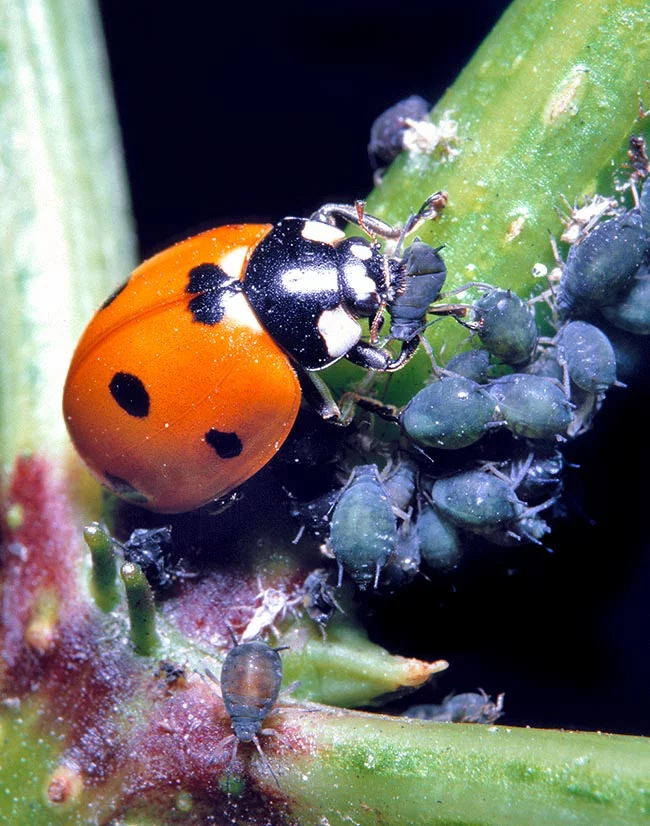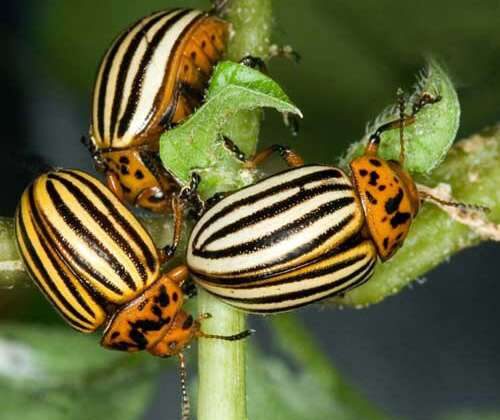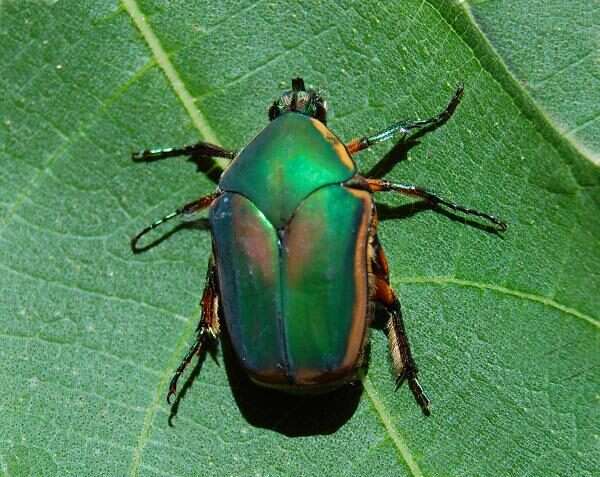
Southeast Asia is home to the very huge Atlas beetle (Chalcosoma atlas), a member of the Scarabaeidae family of insects. The male has three noticeable horns. The species has the name Atlas after the mythological Greek giant who held up the skies.
They are renowned for their extraordinary size and the males’ huge horns. This beetle is pretty powerful as well. They are capable of lifting loads up to 850 times their own body weight. These beetle larvae can bite anyone who tries to touch them and are quite aggressive. These beetles are very well-liked by collectors thanks to their durability and attractive appearance.
Body Appearance
- The Atlas beetle is a remarkable size, much like other rhinoceros beetles in the genus Chalcosoma. They are some of the bigger rhinoceros beetles.
- They display sexual dimorphism, which is a characteristic of scarab beetles.
- Larger than females are males. They also have long appendages and noticeable horns. Some individuals may not have as lengthy legs or horns as other males. The average length of a male Atlas beetle is 60–120 millimeters (2.4–4.7 in).
- Contrarily, females can range in size from 25 to 60 millimeters (0.98–2.36 in).
- On their heads and thorax, males are known to have unique horns.
- The horns are two large ones on the head that curl outward into the shape of a U. They also have a third, curving upward horn that is equally long but located below. They compete with one another using their modified horns for access to the female for mating.
- Although they share the distinctive trident-shaped horns with other beetles in the Chalcosoma genus, their horns are wider than those of other species.

Location of Atlas Beetles
Southeast Asia is the beetle’s natural habitat. Although they can be found in some areas of the Philippines and Indonesia, they are particularly prevalent in Malaysia. Atlas beetles typically reside in tropical rainforests, where they cling to the branches of fruit trees, in the regions where they are found. They might also reside in secondary forests and plantations.
Which food consumes Atlas Beetles?
An herbivorous insect that consumes leaves, fruits, and flowers is the Atlas beetle. They frequently cling to tree limbs to eat leaves. They can, however, also consume tree sap. Fruit, however, is what most adults choose to eat (especially figs). This bug’s larvae primarily consume decaying wood. But it can also consume other insects.
Reproduction
Male Atlas Beetles compete for a female’s attention by using their horns to combat other males. After mating with the female, the winner is responsible for watching over her while she lays her eggs.
The eggs are laid by females beneath the bark of trees or in rotting logs. The larvae feed on rotting wood after the eggs hatch in about two weeks. After around two months, they will pupate and change into adult beetles. Because of their aggressive nature, the larvae are known to bite anything that approaches too closely, even people’s fingers.
Lifespan
About a year is the average lifespan of the Atlas Beetle.
Keeping as Pet
Requirements
Temperature and Humidity
For comfort and health, the Atlas Beetle requires a well-ventilated container. They reside in a tropical rainforest with extremely high temperatures and humidity levels. As these settings are quite similar to those in their natural habitat, you should maintain your AB in humidity levels of 75%–90% and temperatures between 70°F and 80°F.
Substrate
An Atlas Beetle’s requirements for substrate change as it grows. The best option for an AB larva is flake soil because it serves as both food and a substrate. Peat moss and organic soil combined as a substrate are suitable for adult ABs. Two inches of substrate will be more than plenty for these beetles because they don’t burrow.
Tank
The Atlas Beetle is a huge, active bug that prefers to be enclosed in sizable spaces. Adults need about seven gallons to ensure they are comfortable, but larvae can be housed in one-gallon containers. To prevent your AB from escaping, a safety lock in the enclosure’s lid will be a pleasant feature. Female beetles can be kept together whereas males must be kept separately; in this case, the enclosure size should be increased by 50% for each beetle. Small rocks can be used as decorations to keep your beetle occupied while you enjoy yourself.
Table





